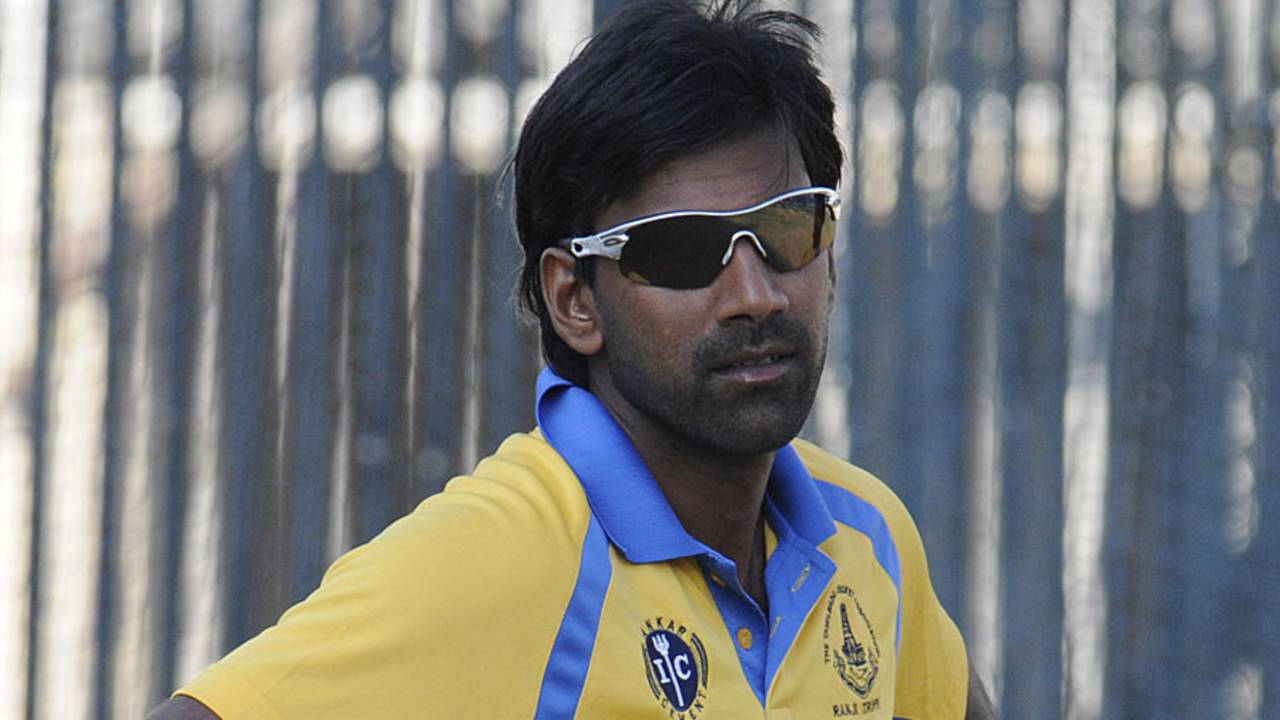Tamil Nadu bowling coach L Balaji has expressed surprise at the frequency with which the ball was changed on the first day of their semi-final against Mumbai. It was replaced three times inside the first two sessions, and Balaji said it disrupted the momentum of both batsmen and bowlers. Mumbai coach Chandrakant Pandit concurred with Balaji's remarks and said it was an issue that needed to be taken seriously.
"During the game, [teams] batting or bowling can lose the grip because of a sudden change [of the ball]. I think most of the coaches had discussed that in the last coaches and captains [conclave]," Pandit said.
There have been previous instances of the SG Test ball, which is used in the Ranji Trophy, being replaced after losing its shape, but Balaji said he had never seen a ball being changed so often within a short period. He also felt the constant changing played on the minds of Tamil Nadu's batsmen. "When the ball keeps changing, it is like you have to adapt to different balls," Balaji said. "The ball makes a big difference in bowlers' skills because in the recent past a lot of [ball-related] controversies have been going on.
"I am sure the ball has some kind of ability to change the course of the game; I believe in that because softer balls are sometimes helpful on some wickets and heavier balls are sometimes helpful on different wickets. I have not seen anything like three-four balls being changed in the first session. I don't know [if it is] because of the conditions or because of the balls' quality. That is not in our control. That's up to the match officials."
On his team's batting, Balaji admitted the loss of four wickets inside 15 overs either side of tea altered the script. He was, however, hopeful that
Vijay Shankar, batting on 41, and the tail could rally the team towards a competitive total on the second day. "We have a couple of tailenders who have bailed us out many times - Aswin Crist can bat, K Vignesh can bat and Aushik Srinivas can definitely bat," he said.
"We have a decent total now but there is no reason why we cannot push this total further. Even in the
England game [first Test against India in Rajkot], the lower order contributed a huge amount as they reached 500-odd runs [537] with [Zafar] Ansari and Ben Stokes and other guys."
Balaji, however, conceded the surface posed little challenge for the batsmen. "It is pretty much like the bowlers have to bend their back and take all the chances and half-chances," he said. "That is very crucial. Our bowling has been one of the strengths this season, so let's see."
Shardul Thakur, who picked for two wickets for Mumbai, felt his team was in a good position despite some patchy bowling. "Sometimes it's difficult to control the ball, so just taking the idea like how much it's swinging, whether it's swinging out or coming in more [is important]," he said. "It's important how you come back, keep bowling in the channel and trouble the batsman."
Mumbai's seamers - Thakur, Abhishek Nayar and Balwinder Sandhu - accounted for five of the six wickets to fall. Thakur said they had looked to exploit the reverse swing that was on offer in the afternoon. "A lot of times, batsmen tend to go hard at the bowlers on such pitches, so it is important to just keep in the channel and keep moving the ball in or out, whatever you are comfortable with," he said.
"My inswing is good, so I was bowling that. I was mixing it up later on. We knew that one wicket would get us back in the game. It was then all about bowling in the channel and trying to get the new batsman out."
